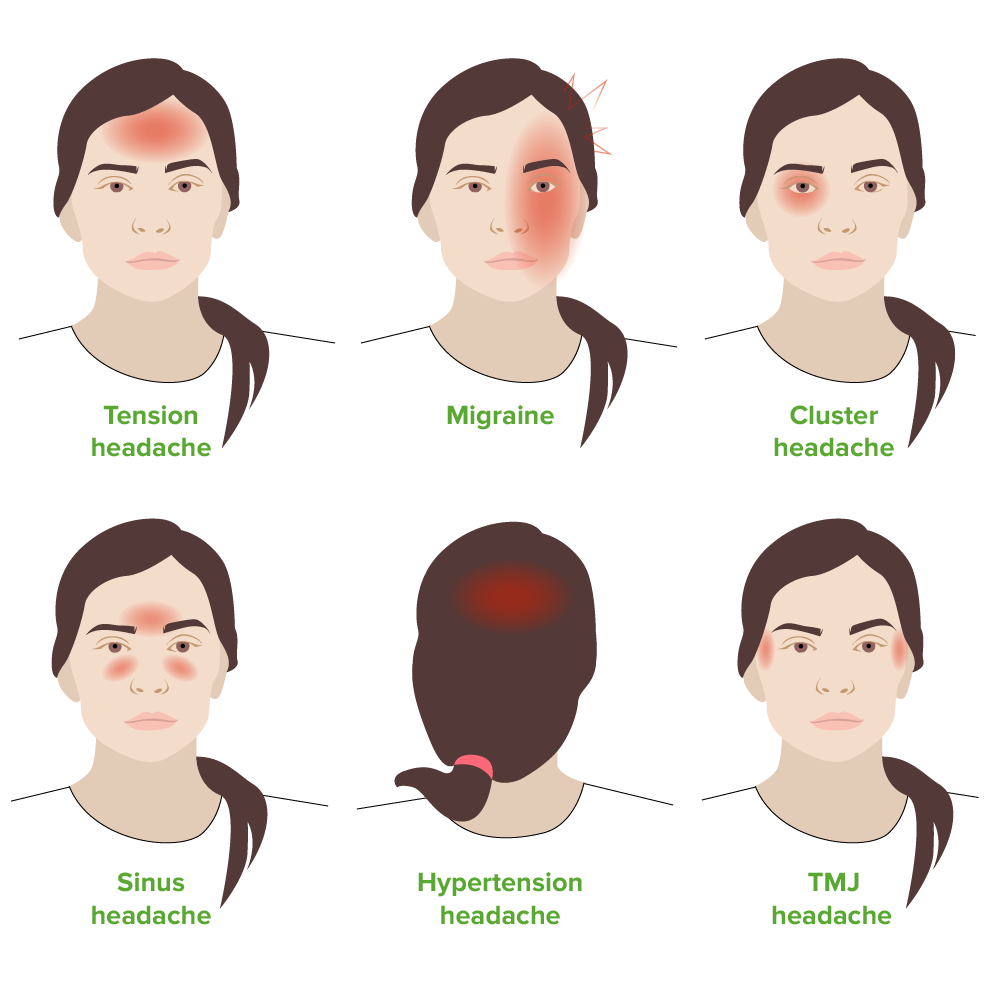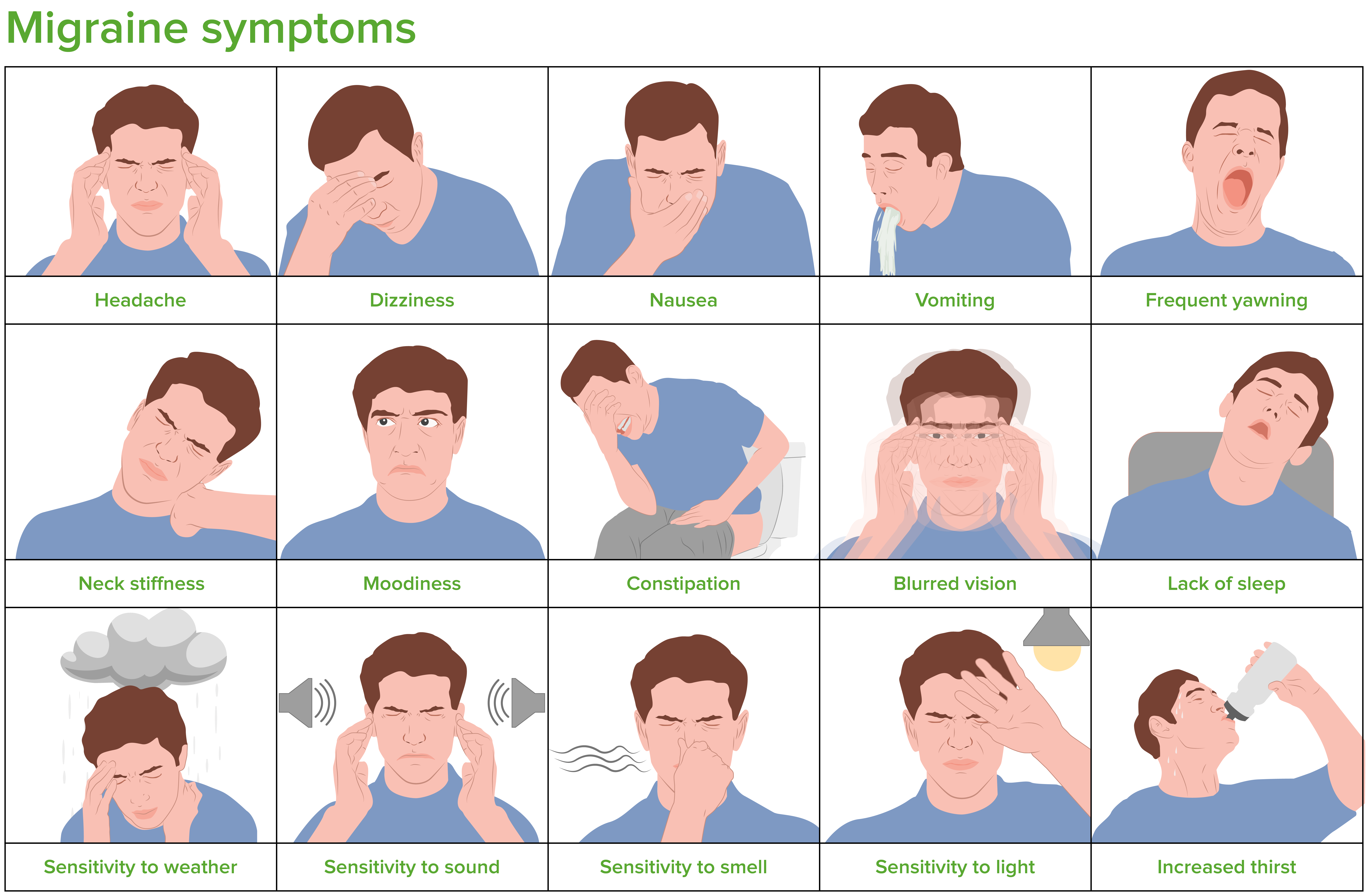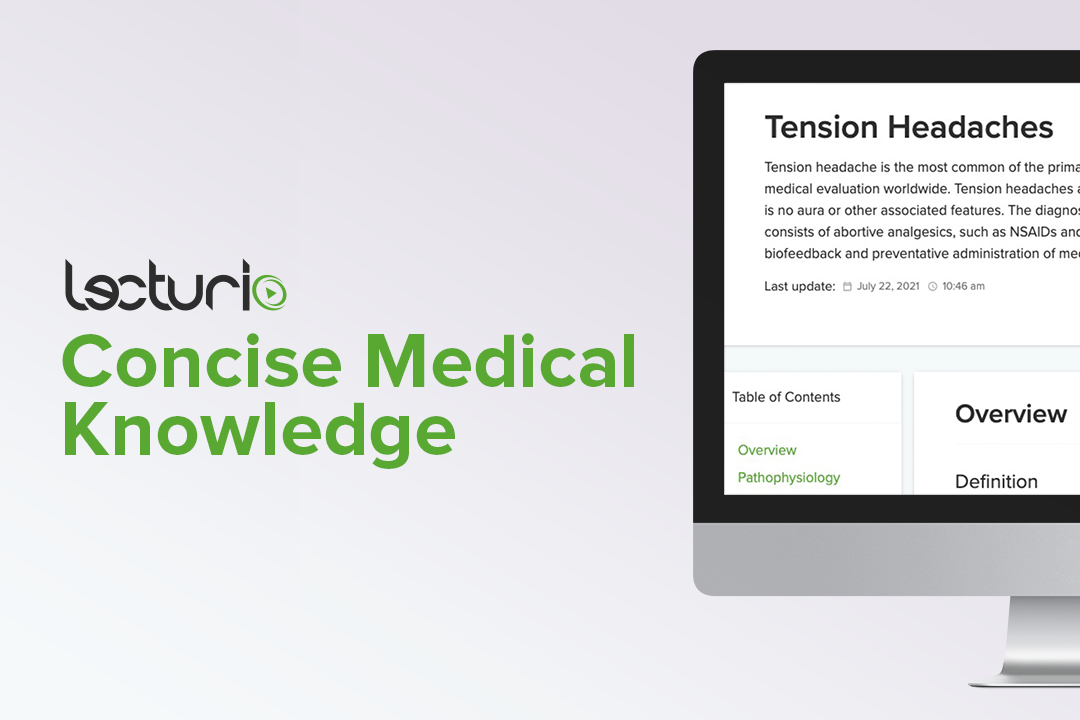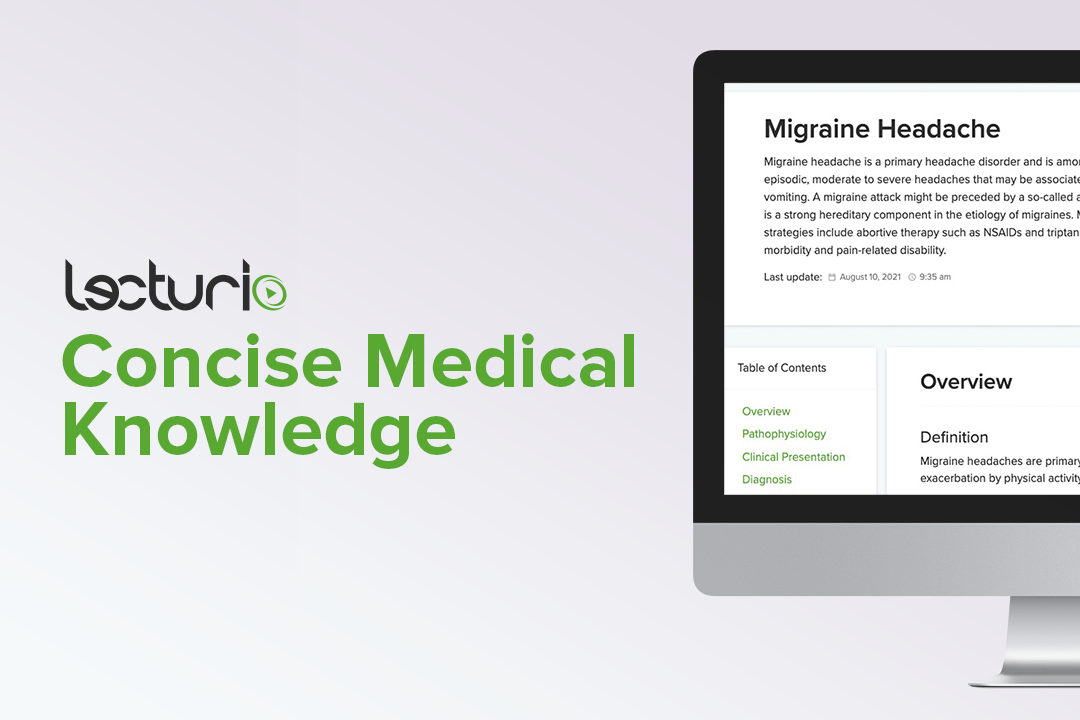Playlist
Show Playlist
Hide Playlist
OMM: Headache
-
Slides Osteopathic Manipulation Treatment for Neurologic Presentations.pdf
-
Reference List Osteopathic Manipulative Medicine.pdf
-
Download Lecture Overview
00:00 So headache is another very common complaint that patients present with that could be treated potentially with OMM. Over 90% of individuals who experienced some form of headache the most common type is tension headache followed by migraine headache. So it's important to be able to distinguish between the 2. Tension headaches tend to be more bilateral, migraine headaches could be more unilateral and tends to be more in the front. The characteristics of a tension headache tends to be more associated with more of a pressure or tightness while migraine headaches patient may complain more of having like a gradual onset, a pulsatile and moderate to severe intensity that gets worse with physical activity. Patients with tension headaches may kind of remain active or may need to rest. Patients with migraine, because of their photophobia and phonophobia, will usually prefer to rest in a dark quiet room. Tension headaches duration could be variable while migraines could last from 4 hours up to 72 hours and there are usually no other associated symptoms with tension whereas migraine maybe more associated with nausea, vomiting and photo and phonophobia and sometimes they may complain about an aura. The pathophysiology of migraine is thought to be a neurovascular event which then irritates the trigeminal nucleus in the brainstem. Migraines are more common in women than in men. It is also a common complaint in pregnancy. About 64% to 65% of patients will present with an aura. About 10% of migrainers will have no complaint of aura. 01:49 There are other headache syndromes that you should be aware of. Cluster headaches tend to be more unilateral, extremely painful around the eye, maybe associated with dysautonomia where they may have increased tearing and pain, cervicogenic headache or headaches that are arising from the cervical spine and input from the facets or other structures in the neck contributing to the headache. 02:17 Patients post-concussion could suffer from headache. Sinus headaches due to inflammation of the sinuses is also another consideration. Patients with dental headaches post-procedure is also another type of headache and also whiplash post-trauma is another type of headache syndrome that could be potentially treated with OMT. So OMM considerations, we want to try to decrease that pain input from the cervical spine, facets and dura. We want to treat any restrictions to the cranial bones and dura, try to decrease any sutures that might be compressed. Remember that the dural attachments from the foramen magnum, C2, C3 all the way down to S2. So it's important that you address and treat the sacrum with patients with headache complaints. You want to consider any possible nerve impingements. The greater occipital nerve, the spinal accessory, the trigeminal nerves, all these structures as they course through the body will pierce through different structures and if there are restrictions in the fascia and dura that might compress the nerve and cause increase problems. The lymphatic system helps to drain any proteins or any inflammation and byproducts from the brain and so having optimal function of the lymphatic system could help potentially with post-concussion syndrome and headaches and also with other headache problems. 03:41 So the overall goals of OMT is to try to alleviate the pain, improve any somatic dysfunctions in the cranial, cervical, lumbar and sacral regions, try to remove those nerve compressions and to try to promote proper circulation and lymph flow. So, there are many different techniques that we could utilize to help treat headaches. We could use cranial manipulation to help target and treat dural strains. These techniques include using V-spread, dural venous sinus drainage, you could use facial sinus drainage techniques to try to decrease any sort of congestion in the nasal passages and the sinuses, you could utilize myofascial release, articulatory techniques or in fact FPR muscle energy counterstrain. Any of these techniques are fine to address any somatic dysfunctions that you might find in the cervical, thoracic, lumbar region that may contribute to muscle spasm and fascial restrictions that contribute to headache. Make sure to look at the sacrum and the pelvis. The sacral rock is a great technique to utilize to help treat any restrictions around the sacrum and help to get it mobilize so it decreases any possible dural strain going up to the head. So you could implement any of these techniques to help patients with possible headache syndromes.
About the Lecture
The lecture OMM: Headache by Sheldon C. Yao, DO is from the course Osteopathic Treatment and Clinical Application by System.
Customer reviews
5,0 of 5 stars
| 5 Stars |
|
5 |
| 4 Stars |
|
0 |
| 3 Stars |
|
0 |
| 2 Stars |
|
0 |
| 1 Star |
|
0 |







